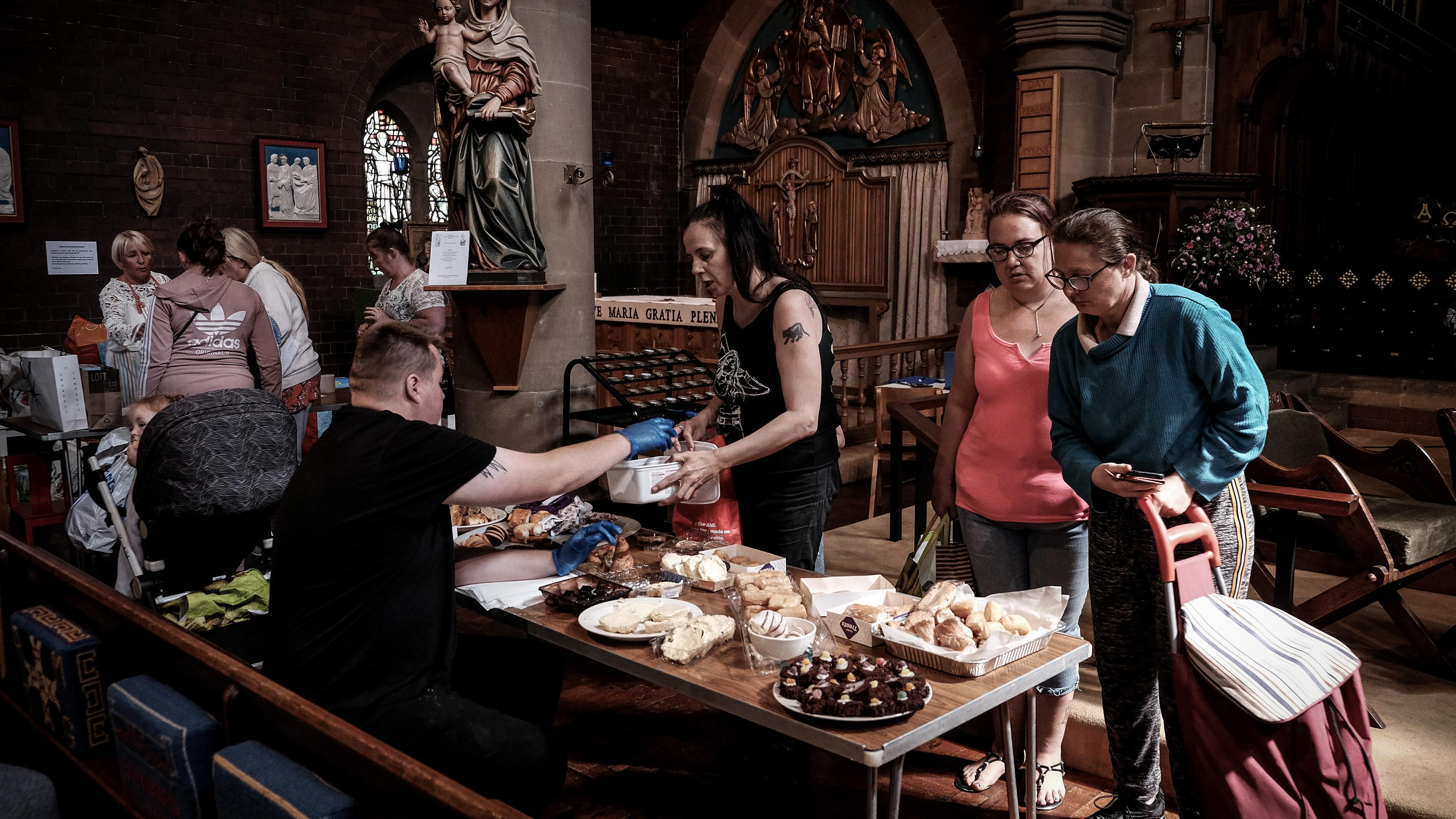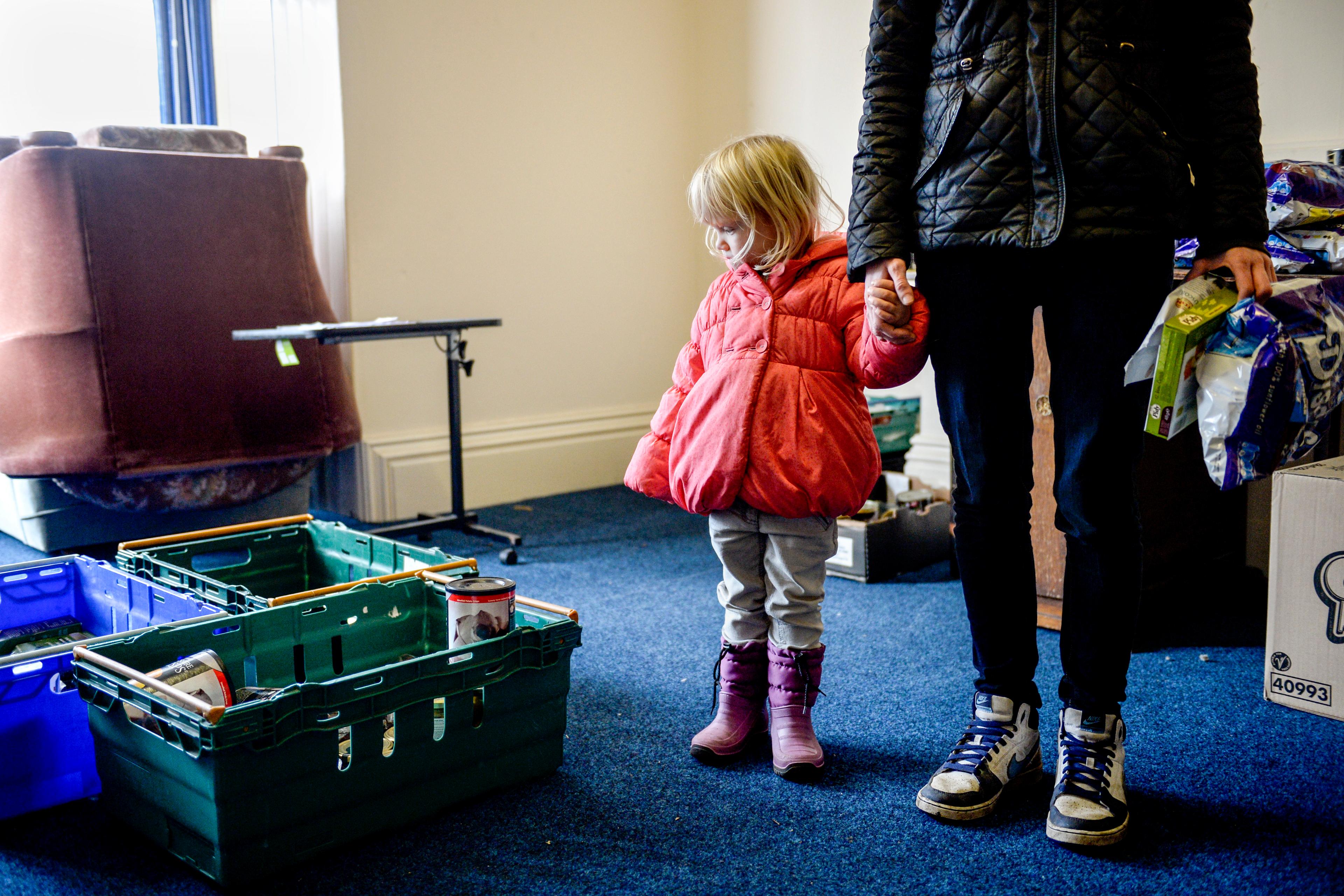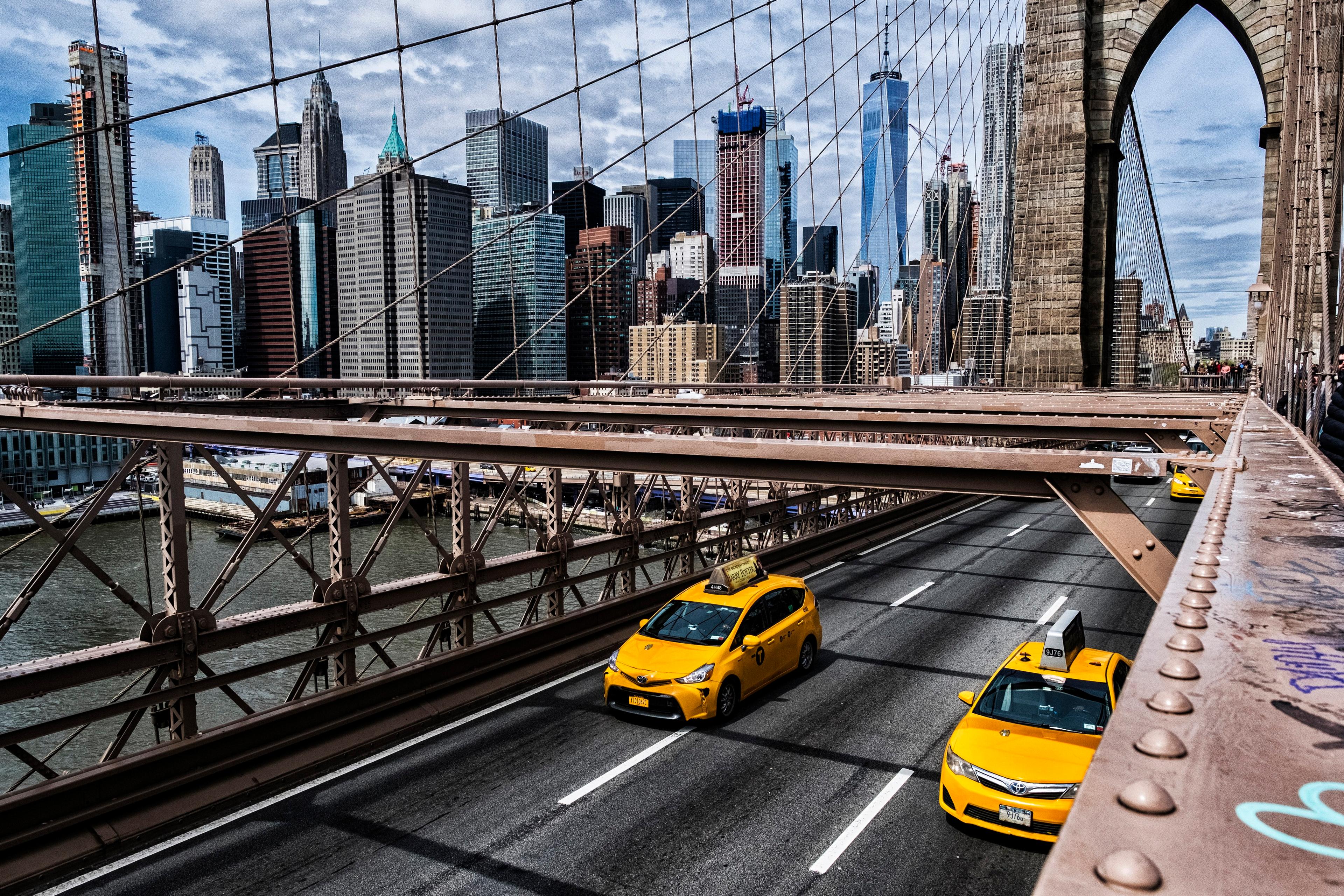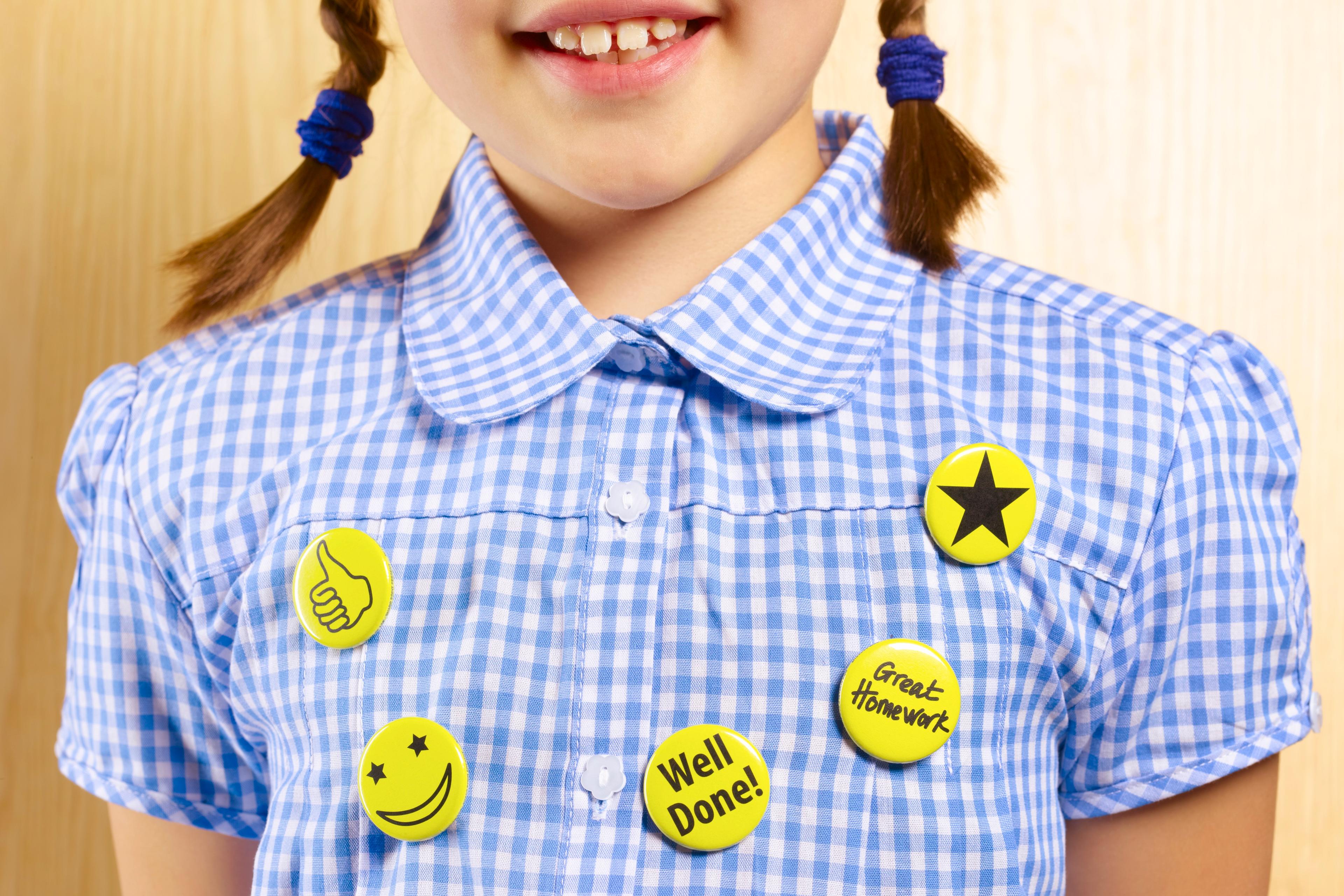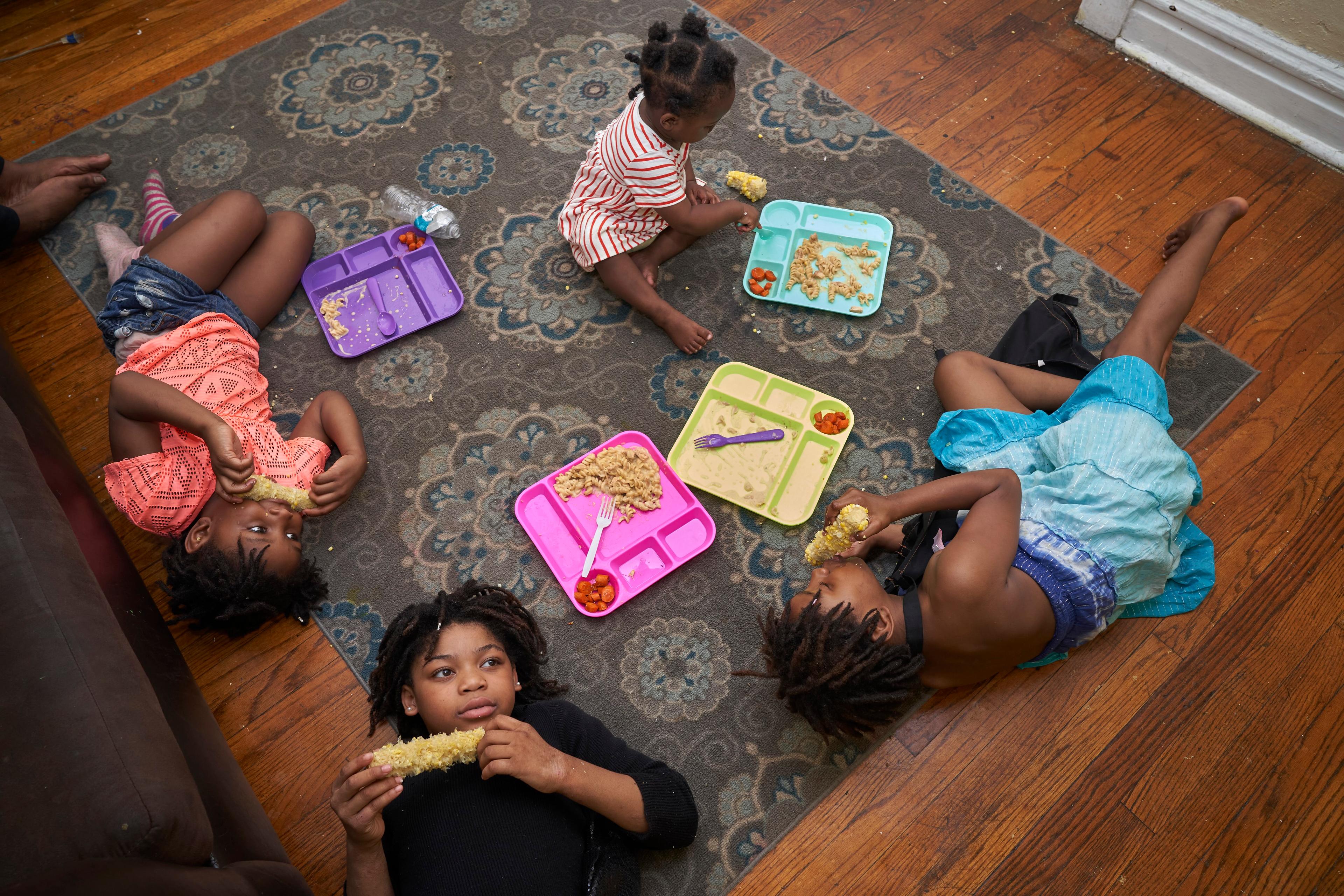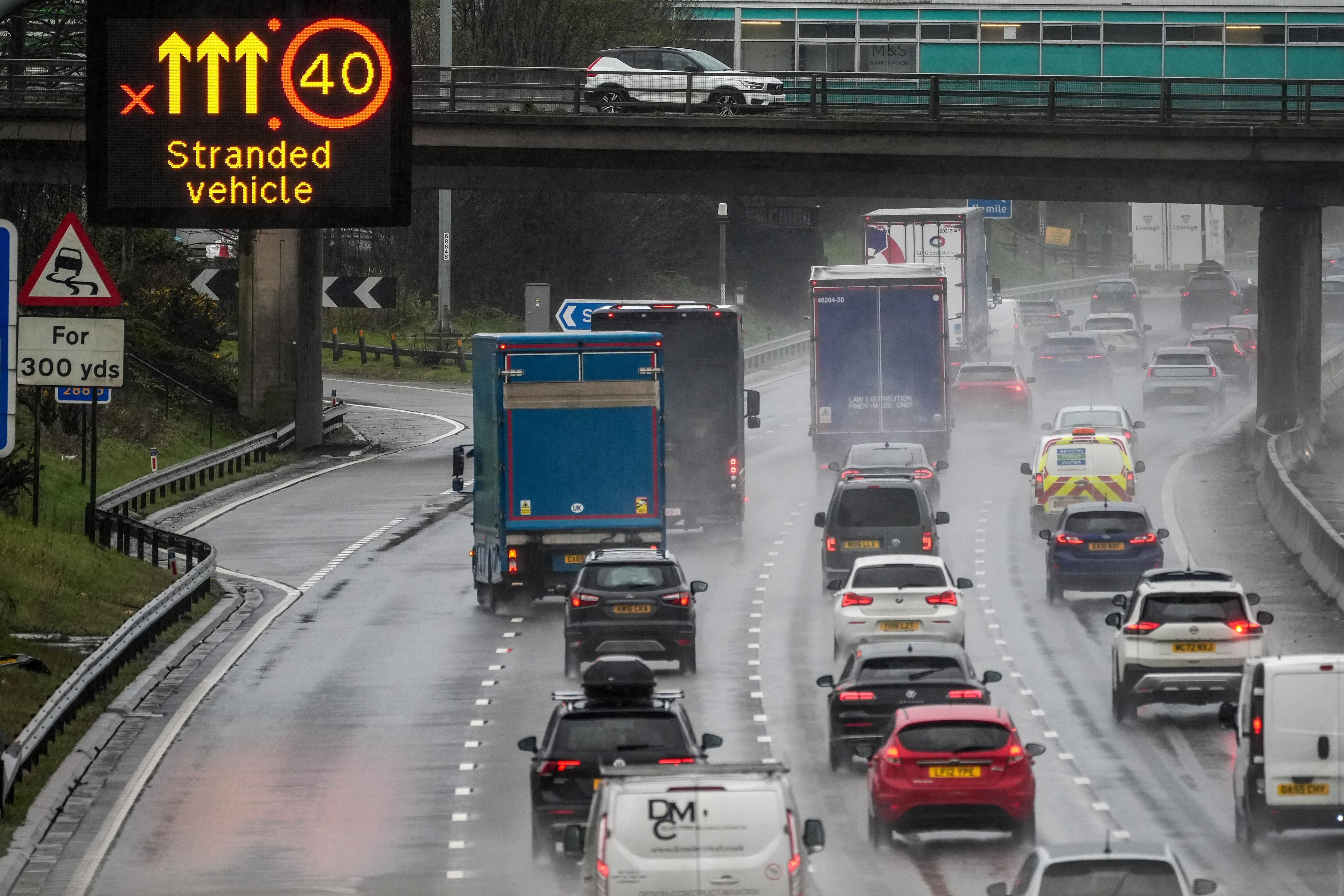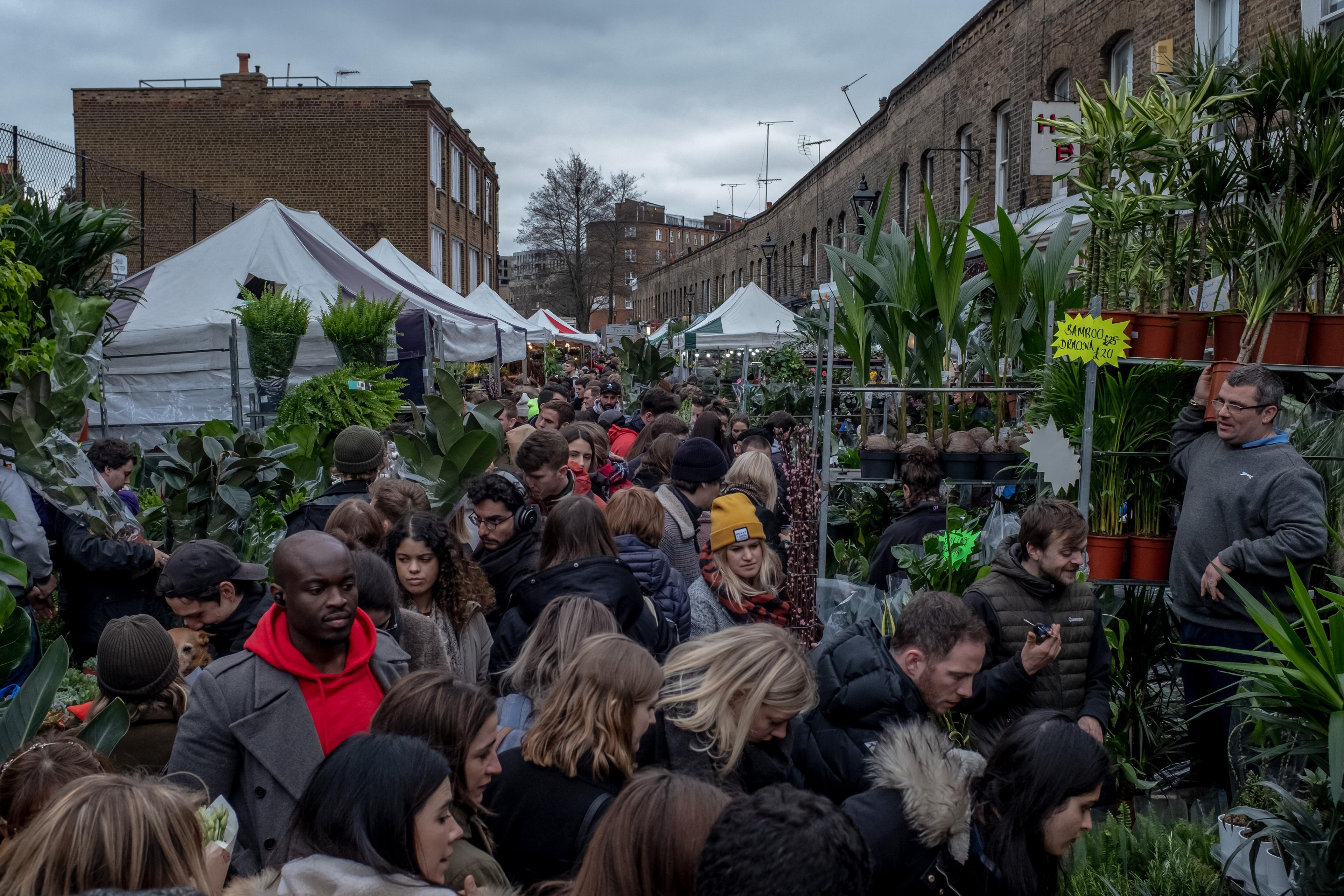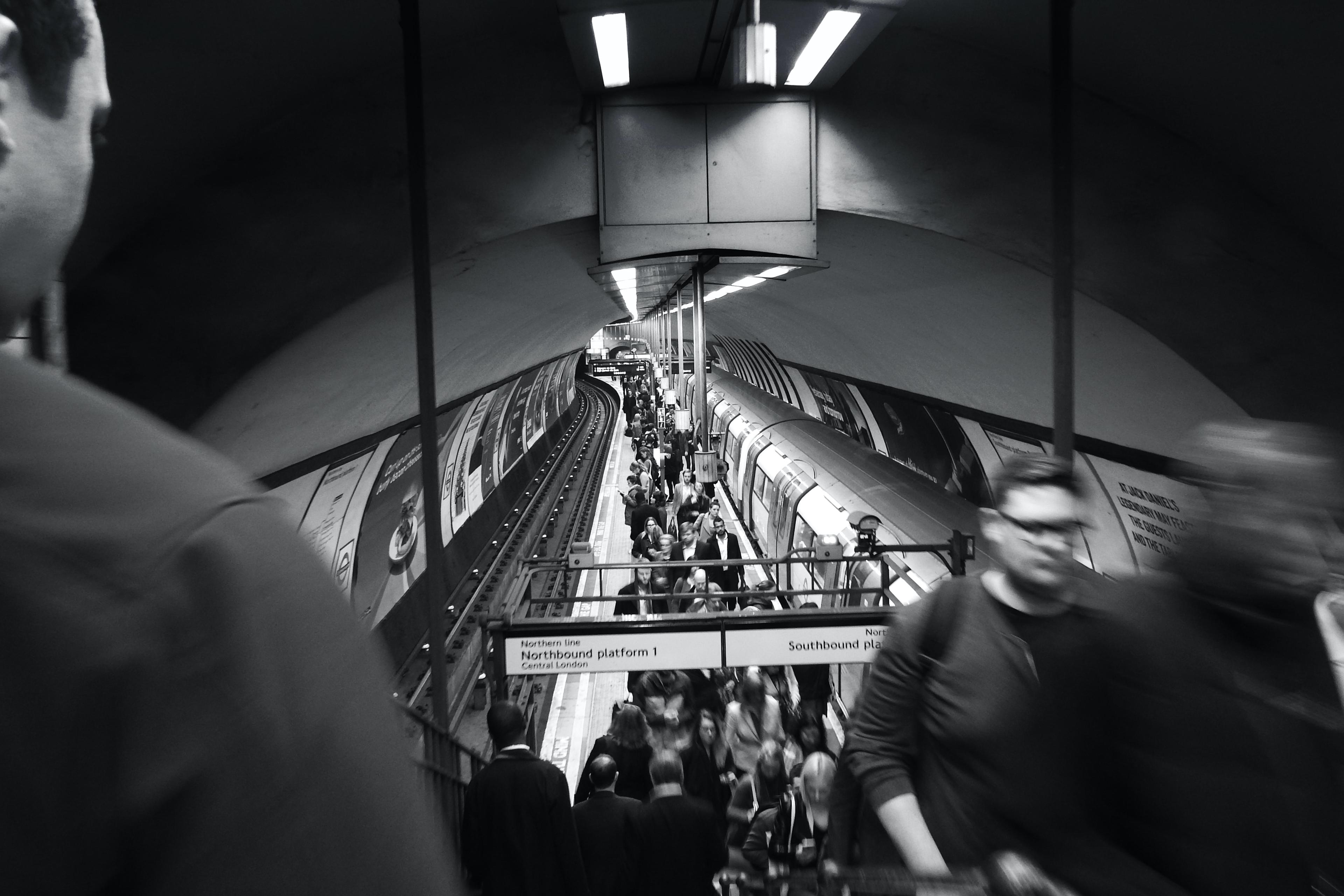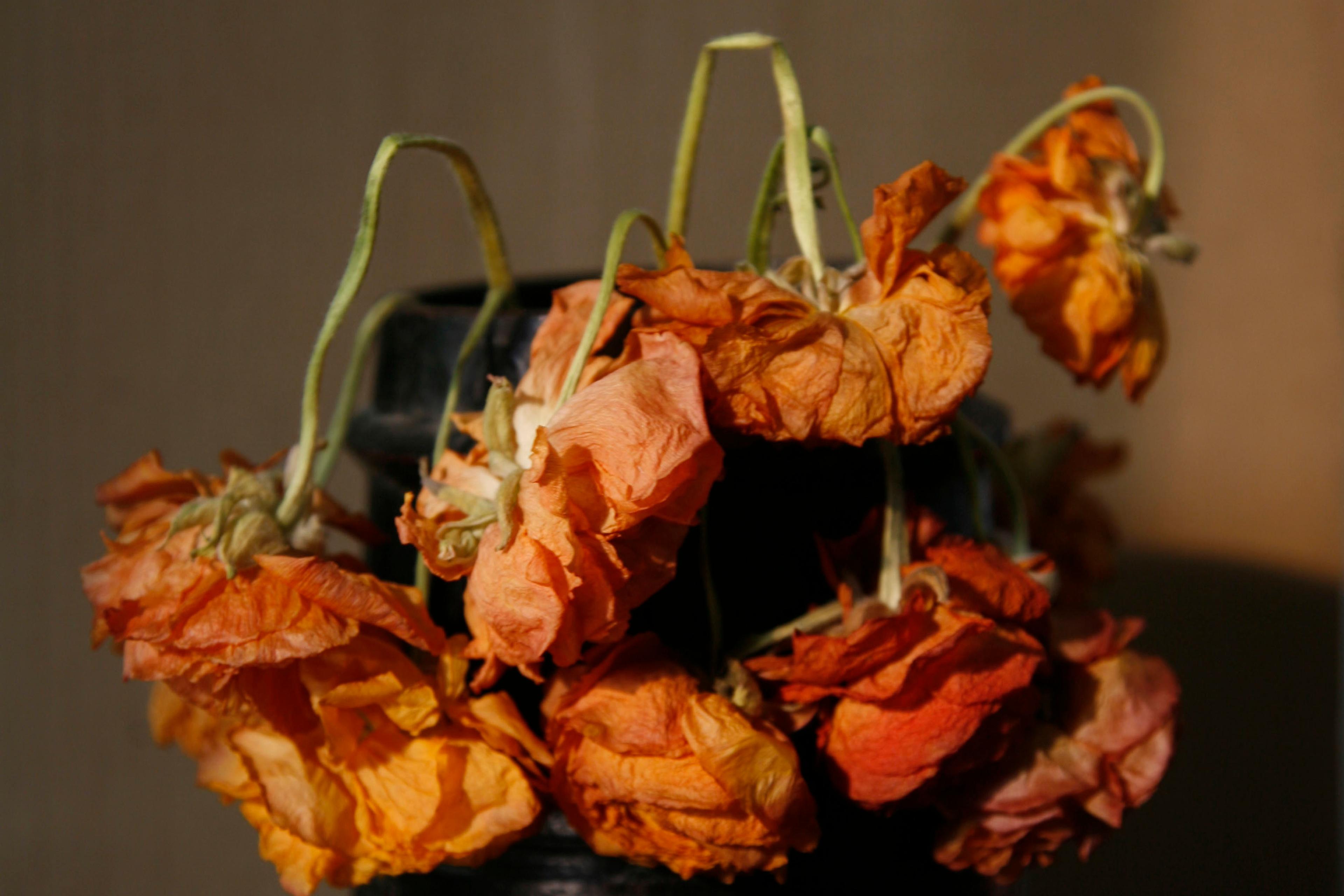Imagine this upsetting scenario: two women are both suffering physical abuse from their partners. One woman is relatively affluent, while the other struggles to make ends meet. In this kind of situation, where two people of different means are experiencing similar harm, who will receive help? Are the neighbours of both women, upon learning of the violence, equally likely to reach out or call the authorities? Or might they decide in one of these cases that getting help isn’t so urgent?
One might guess that people in poverty are generally seen as needing more help, given their more precarious circumstances, whereas more affluent people might be seen as less vulnerable due to their greater financial resources. But when I and other researchers conducted a study asking people about the appropriate bystander intervention for intimate partner abuse, we found that participants thought a higher level of intervention would be necessary for a higher-income woman, compared with a lower-income woman.
This finding is just one example of a well-documented pattern of neglect and mistreatment of lower-income individuals, especially people in poverty. Students from lower-income families receive less positive attention from their teachers. Lower-income customers receive worse treatment while shopping. Lower-income patients receive less care from their physical and mental healthcare providers. And lower-income defendants receive harsher punishments in the courtroom. More generally, people in poverty receive less help and less support interpersonally and institutionally across many domains of everyday life.
Why are people in poverty, who have fewer resources at their disposal and are, if anything, in need of greater support, so often ignored and sidelined, compared with their higher-income counterparts? Behavioural scientists studying this question have already pointed to some important causes of class-based discrimination, ranging from structural barriers (eg, cost and insurance-related barriers in healthcare) to biased beliefs. When researchers study biased beliefs about low-income individuals, they typically focus on stereotypes about the supposed incompetence or laziness of people in poverty.
Recently, my collaborators and I have been trying to understand how a different set of biased beliefs might further explain many different social class disparities. In particular, we have found evidence that people think lower-income individuals are less affected by negative events – and, therefore, less in need of help – than higher-income individuals are. We call this the ‘thick skin bias’: the idea being that lower-income people are seen as having a ‘thicker skin’.
The belief that people in poverty have ‘thicker skin’ can help explain why they encounter greater neglect
In our initial work on this bias in 2020, study participants across the United States read about a person who was described as having experienced either many financial difficulties in their life or none. The participants estimated that a new negative event would be experienced as less frustrating or distressing when the person was described as having struggled financially. This held for trivial negative events, like getting a badly prepared takeout order or having a leaky faucet, as well as more severe ones, like having one’s apartment flooded or being falsely accused of a crime by police. Our adult participants showed this belief both when judging the experiences of other adults and when judging the experiences of children aged between five and 10 – who were perceived as less harmed by events like being ignored at school, or missing a meal, if they were described as living in poverty. And it was not just laypeople who showed the thick skin bias: professionals such as customer service workers, teachers, social workers, and therapists-in-training displayed it as well.
Subsequent research (also in the US) has found the thick skin bias in other contexts as well. People appear to believe that lower-income women are less harmed by workplace sexual harassment and intimate partner violence, that lower-income individuals feel less physical pain when injured, and that these individuals were less harmed by everyday effects of the COVID-19 pandemic (like being apart from loved ones). These biased perceptions of harm can encourage neglect because people fail to recognise that help is needed, as in the case mentioned at the beginning. In other words, the belief that people in poverty have ‘thicker skin’ can help explain why they often encounter greater neglect and mistreatment, rather than the care and support they may actually need.
Importantly, it’s not that people just dislike lower-income individuals. In fact, in our studies, participants thought a lower-income woman was friendlier and warmer than a higher-income woman, but nonetheless thought she would be less harmed by negative events and would need less help after harassment and abuse. Although many people are willing to help lower-income individuals, they might often see it as less necessary.
I use the term ‘bias’ to describe this perception that people in poverty have ‘thicker skin’ because research contradicts that belief. It is true that limited experiences of adversity can sometimes make people more resilient – but only when people experience just a few instances of hardship that they feel they had control over and have successfully overcome. The chronic stress and repeated hardship of poverty go far beyond this kind of limited experience.
If anything, lower-income individuals tend to be more rather than less vulnerable to negative events. For example, rather than being less harmed by intimate partner violence (as participants in our studies believed), lower-income women report greater harm, such as more post-traumatic stress symptoms. In our 2020 study of a nationally representative sample in the US, we asked participants to rate how harmful a series of negative events would be for them, and to report their income. We found that participants with lower annual household incomes thought the negative events would be more harmful – which points in the opposite direction of the thick skin bias.
If the thick skin bias is not accurate, why do people think it is? A key foundation of the bias seems to be people’s more general belief in the toughening effects of hardship. Earlier studies suggested that people strongly endorse the idea that ‘what doesn’t kill you makes you stronger’, such that they often think experiencing hardship makes people less sensitive to future harm. It might not be surprising that people associate hardship with toughness, given the presence of this idea in culture and media (for example, it has been a theme of hit songs by Kelly Clarkson, Christina Aguilera and Kanye West). On the other hand, it is not self-evident that people would see hardship – especially the chronic hardship of poverty – as toughening, instead of something that would exacerbate vulnerability. So, what is going on?
People seem to mistakenly assume that humans adapt to the chronic stress and suffering of financial hardship
In a recent set of studies, my undergraduate student Jackson Murray and I sought to better understand where beliefs about the toughening effects of poverty come from. To do so, we drew on classic psychology research from the mid-20th century on physical perception. That work found that people adapt to physical stimuli like weight, brightness and volume. When you first walk into a dark room, it seems really dark. But as you adapt to the level of light, gradually you become accustomed to the lack of light, and it doesn’t seem as dark anymore. When you first walk into the ocean on a hot day, it might feel jarringly (or refreshingly) cold. But as you adapt to the temperature, it stops feeling so cold. These are examples of adaptation based on previous exposure – that is, the tendency to perceive a stimulus (light, weight, etc) as less intense if you have already adapted to that stimulus.
We reasoned that people probably have a pretty solid understanding of this kind of physical adaptation; after all, it is a common experience. We further theorised that people might use this accurate understanding of adaptation for certain kinds of perceptual experiences when they judge the effects of other kinds of experiences – namely, the effects of negative life events. Just as someone stops feeling like the ocean is really cold after they get used to it, people might assume that someone who experiences a great deal of hardship while in poverty eventually stops feeling the harm of negative events as intensely.
We found exactly this pattern of thinking in our studies. In one study, we found that the more strongly people (correctly) believed in the phenomenon of physical adaptation, the more strongly they also (incorrectly) believed that negative events would be less harmful for a lower-income individual. In a subsequent experiment, we randomly assigned participants to watch either a video that increased the salience of physical adaptation (by explaining adaptation to brightness, volume and more) or one that made physical adaptation less salient (by providing counterexamples). When participants were then asked to rate how harmful negative events would be for a low-income or a high-income individual, those who had watched the physical adaptation video showed more of a thick skin bias.
These results suggest that the thick skin bias at least partly comes from people’s tendency to overgeneralise their beliefs about adaptation. That is, people seem to mistakenly assume that humans adapt to the chronic stress and suffering of financial hardship just as they do to temperature or brightness.
People’s failure to accurately perceive the pain, distress and suffering of individuals in poverty could have profound consequences in terms of inequality and injustice. Healthcare professionals may mistakenly think that patients in poverty are less sensitive to harm, causing them to spend less time in diagnosis or to prescribe weaker treatments. Teachers may think less affluent students do not need as much emotional support or encouragement in the classroom, disproportionately shifting their focus to more affluent students. And across everyday interactions, people in poverty may broadly encounter a lack of care, attention, support and resources due partly to faulty assumptions about their needs.
What this all means is that we need to question our assumptions about other people’s experiences. Why might we think one person is suffering intolerably, while the other person is fine? What biased intuitions are misleading us? How do we know whether or not someone needs help? We might try to imagine ourselves in others’ shoes or to err on the side of offering help even when it might not seem absolutely necessary. More research is needed on what specific strategies can effectively fight the thick skin bias. But I hope that the findings to date at least spur some reflection on the ways in which flawed intuitions about adversity might lead us astray, and on how to ensure that, when people in poverty experience harm, others grasp the extent of their pain.
